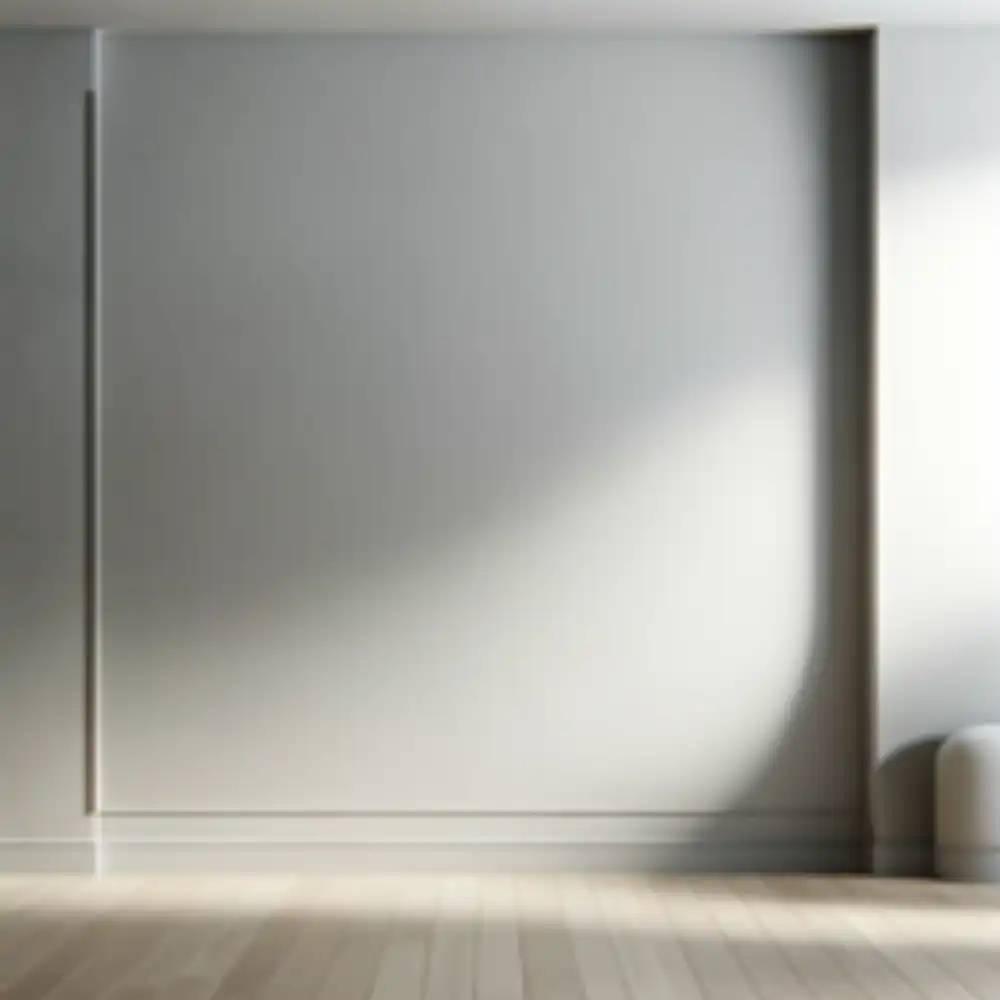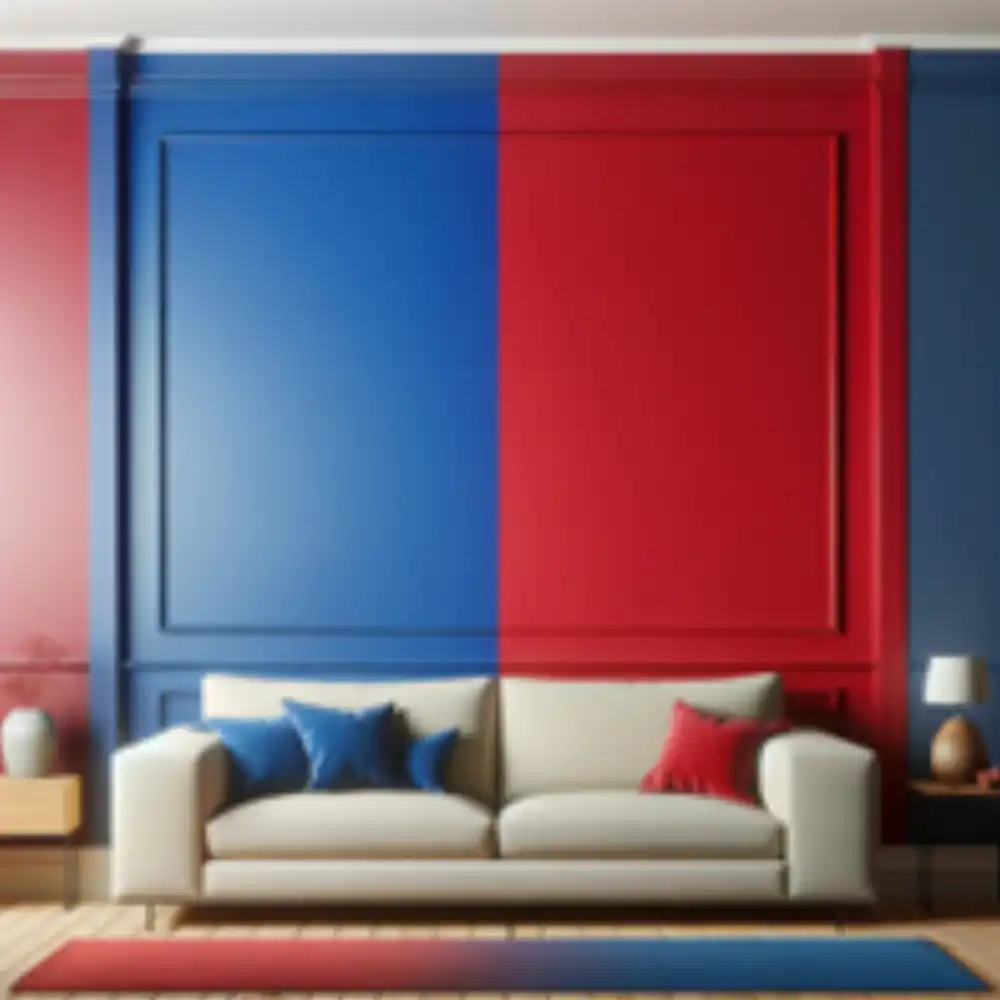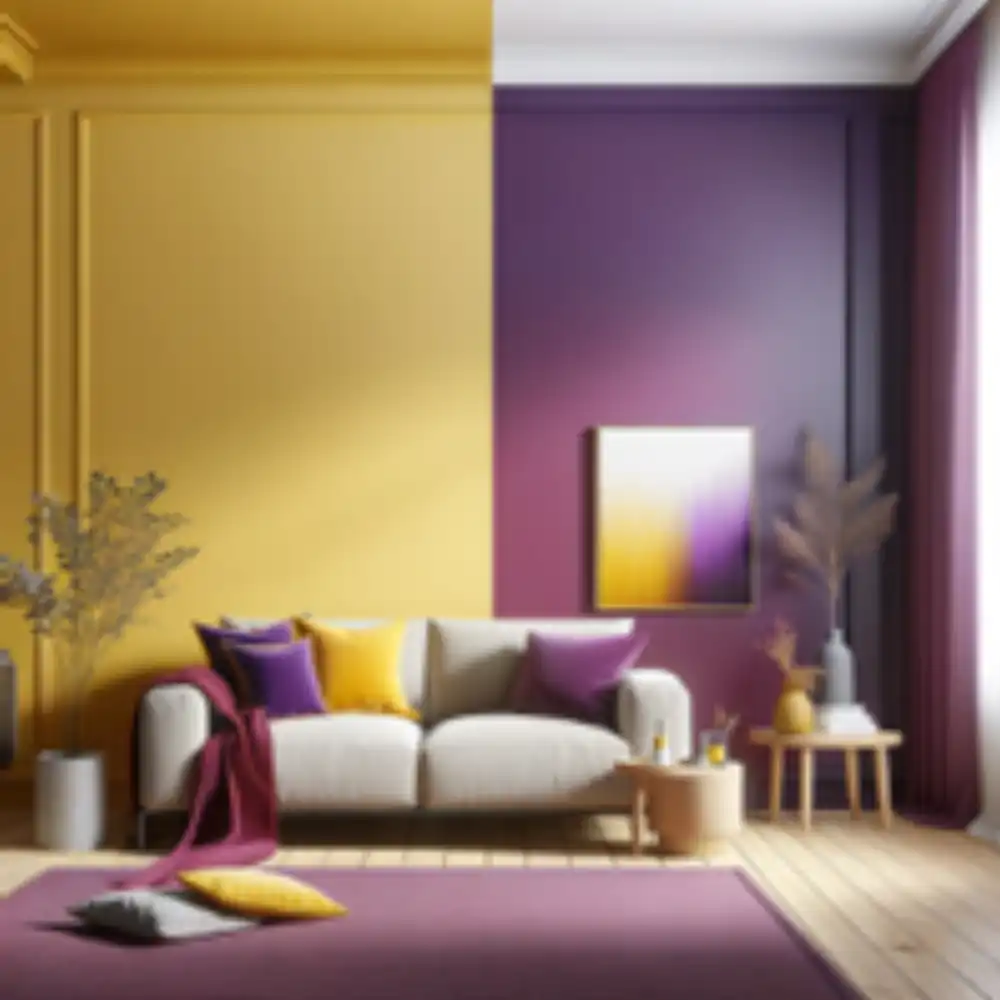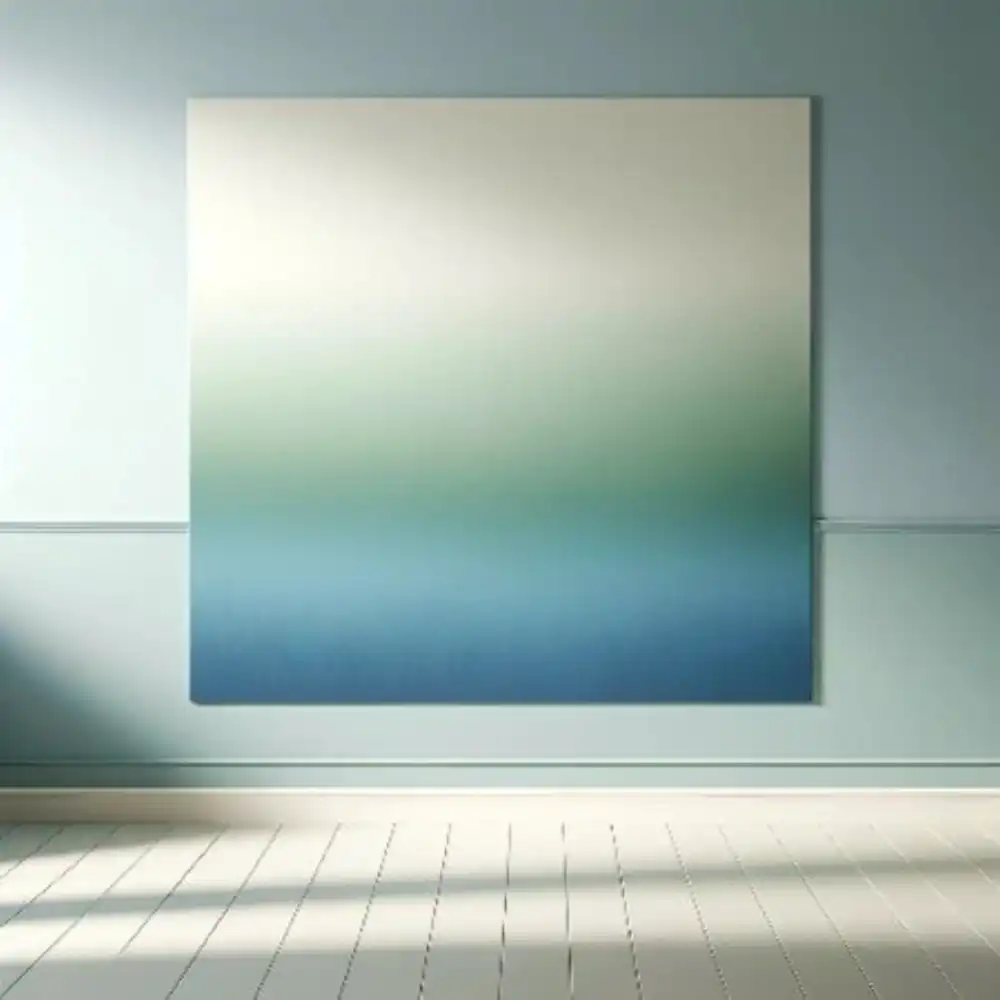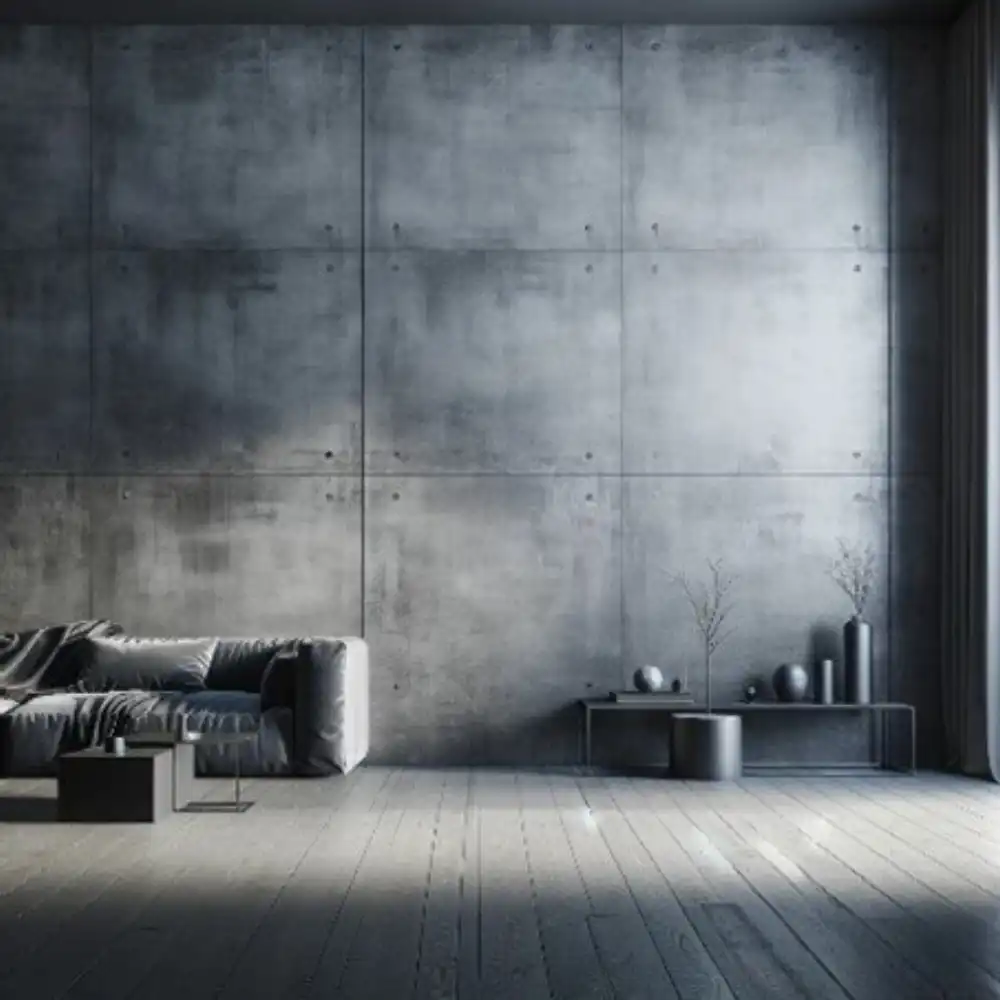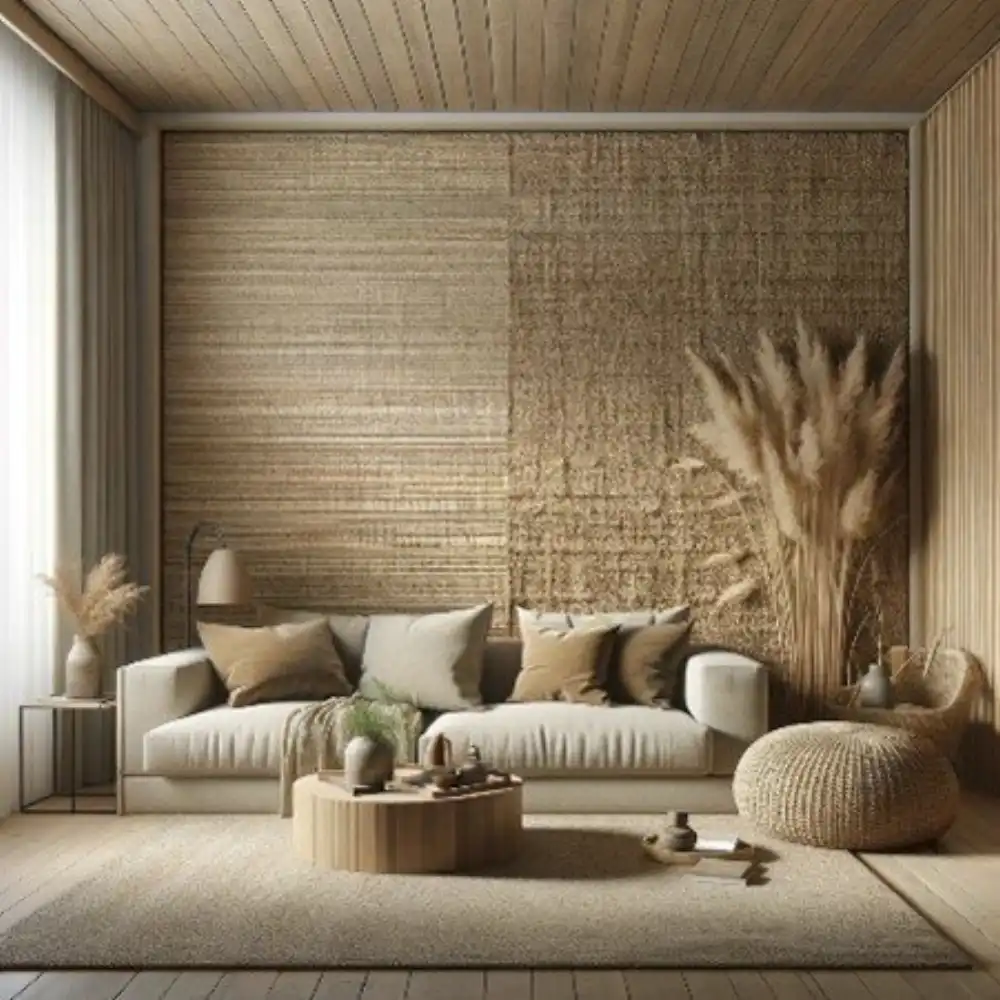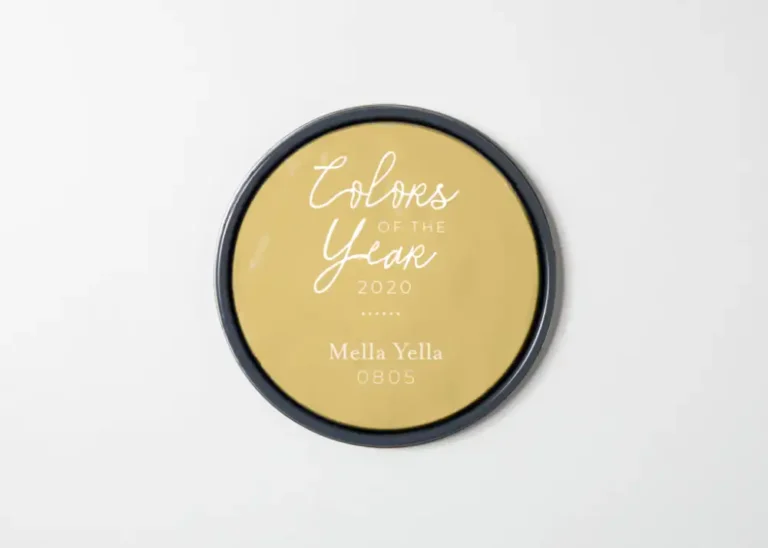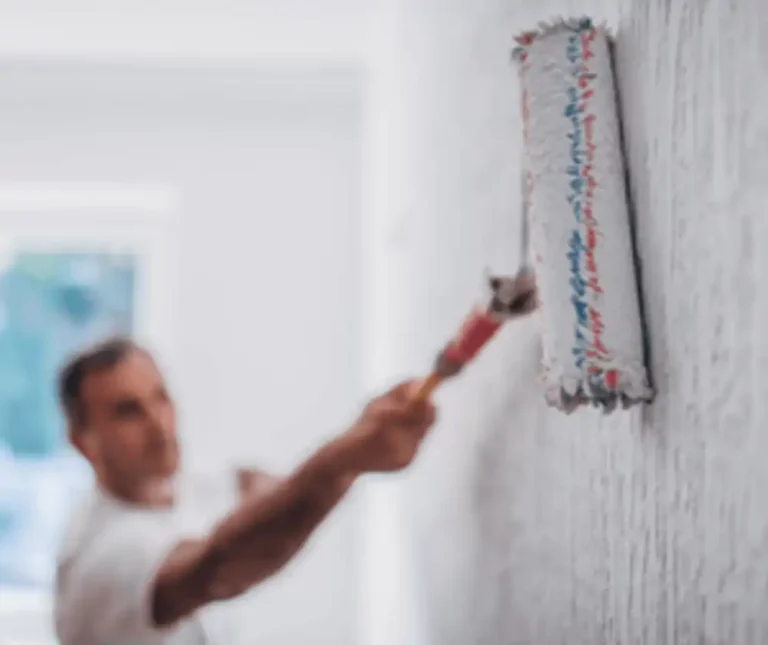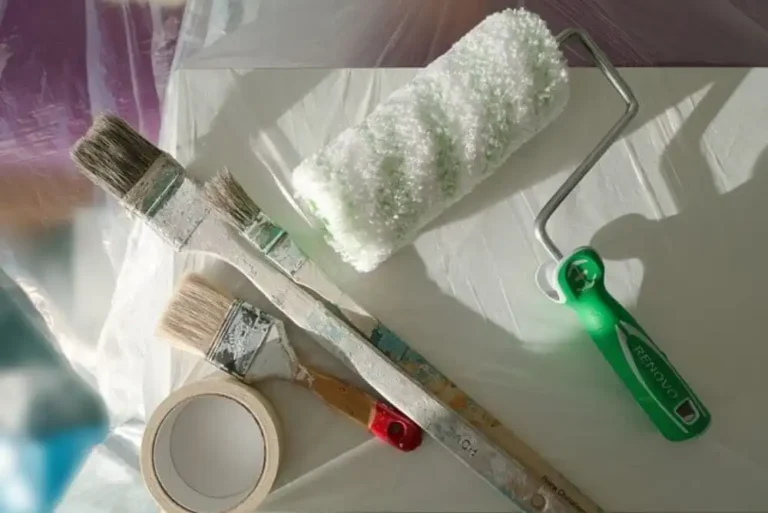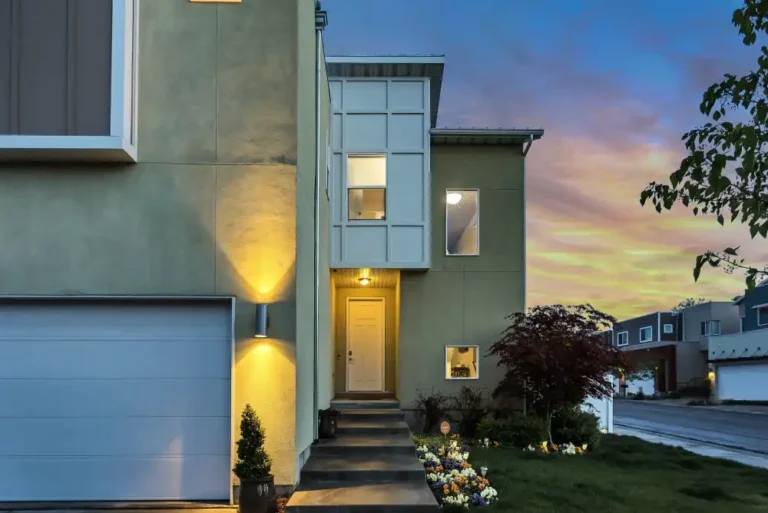Wall Texture and Color Combinations: Transforming Spaces Through Design
Wall texture and color combinations are the foundation of interior design. They set the mood, shape perception, and bring personality to every room. When chosen carefully, the right blend of texture and tone transforms a space from functional to truly exceptional—creating depth, warmth, and visual harmony.
This guide explores the art of pairing wall textures with color schemes to create inspiring, expressive interiors.
Understanding Wall Texture Designs
Wall texture designs introduce dimension and tactile appeal, adding visual interest to otherwise plain surfaces. They can range from smooth, minimalist finishes to richly layered, multi-dimensional styles that capture and reflect light in striking ways.
- Smooth Textures: Sleek and polished surfaces convey modern sophistication. These are ideal for contemporary homes or offices where minimalism reigns.
- Rustic Textures: Finishes such as stucco or Venetian plaster evoke a warm, inviting atmosphere, perfect for cozy living spaces.
- Bold Textures: Artistic relief or patterned finishes create focal points, adding drama and creativity to a room.
Each texture tells a story, and selecting the right one allows you to express your personal style while enhancing the space’s overall narrative.
The Influence of Color on Mood and Space
Color psychology plays a powerful role in interior design. The shades chosen for textured walls not only define the visual tone but also influence how the space feels.
- Warm Colors (Reds, Oranges): Energizing and bold, these hues promote activity and passion.
- Cool Colors (Blues, Greens): Calming and restful, perfect for bedrooms or relaxation areas.
- Light Colors: Whites, creams, and pastels create a sense of openness and make smaller rooms feel larger.
- Dark Colors: Deep tones add coziness and intimacy but can make spaces appear smaller if overused.
Balancing color and texture helps shape how occupants perceive comfort, energy, and harmony in a room.
Popular Color Shade Combinations for Different Settings
The right color pairing enhances texture and defines atmosphere. Here are some classic color combinations that suit different moods and design goals:
- Monochromatic Palettes: Variations of a single color (e.g., shades of gray or beige) create a unified, sophisticated look.
- Complementary Schemes: Opposite colors on the color wheel—such as blue and orange or purple and yellow—add contrast and vibrancy.
- Analogous Combinations: Neighboring colors like green, blue, and teal create soft transitions and natural balance.
Each approach serves a unique purpose—whether you want to achieve harmony, energy, or visual contrast.
The Art of Mixing Textures and Colors
Combining texture and color effectively is much like balancing rhythm and melody in music—each must support the other to achieve harmony.
- Bold Textures + Rich Colors: Pair strong textures like stone or relief finishes with deep hues such as navy blue, charcoal, or crimson for a dramatic, statement-making effect.
- Soft Textures + Gentle Colors: Match smooth matte or eggshell finishes with pastel tones like mint, lavender, or soft gray to evoke calm and refinement.
- Rustic Textures + Earthy Colors: Venetian plaster or terracotta textures blend beautifully with warm neutrals and natural tones, creating timeless, organic appeal.
- Modern Textures + Cool Neutrals: Polished concrete or metallic finishes paired with steel gray, icy blue, or white evoke modern, industrial elegance.
The goal is to ensure that the color complements, rather than competes with, the texture’s natural character.
Innovative Wall Texture Ideas
Every room presents an opportunity to explore texture and color in creative ways:
- Living Room: Combine a grasscloth texture with earthy neutral tones to bring warmth and organic elegance.
- Home Office: Use cork texture in warm browns—it’s visually interesting and doubles as a functional pinboard.
- Kitchen: Try tiled textures in blue and white for a fresh, clean aesthetic reminiscent of coastal or Mediterranean styles.
- Bedroom: Opt for a fabric-textured wall in soft lavender or pale gray for a serene, restful retreat.
Experimenting with materials—wood, plaster, concrete, or textiles—can redefine the mood and flow of your interior.
Frequently Asked Questions
Can You Texture Over Paint
Yes. Texturing over painted walls is a common technique for refreshing interiors. Just ensure the surface is clean and free of peeling paint before applying texture for optimal adhesion.
What Color Hides Textured Walls Best
Light colors such as white, cream, and soft pastels help disguise surface irregularities. Darker shades, on the other hand, emphasize texture by casting more visible shadows.
Are Textured Walls Out of Style
Not at all. While older styles of heavy texturing may feel dated, modern approaches—like subtle plaster finishes, linear reliefs, or fabric-inspired surfaces—are experiencing a revival. The key is pairing texture thoughtfully with contemporary colors and lighting.
Final Thoughts
Wall texture and color combinations shape how we experience interior spaces. They influence light, depth, and emotion—turning walls into works of art. Whether your taste leans toward bold contrasts or minimalist refinement, the possibilities are limitless.
By experimenting with texture, color, and finish, you can craft an environment that reflects your personality and transforms your space into a lasting expression of design.

